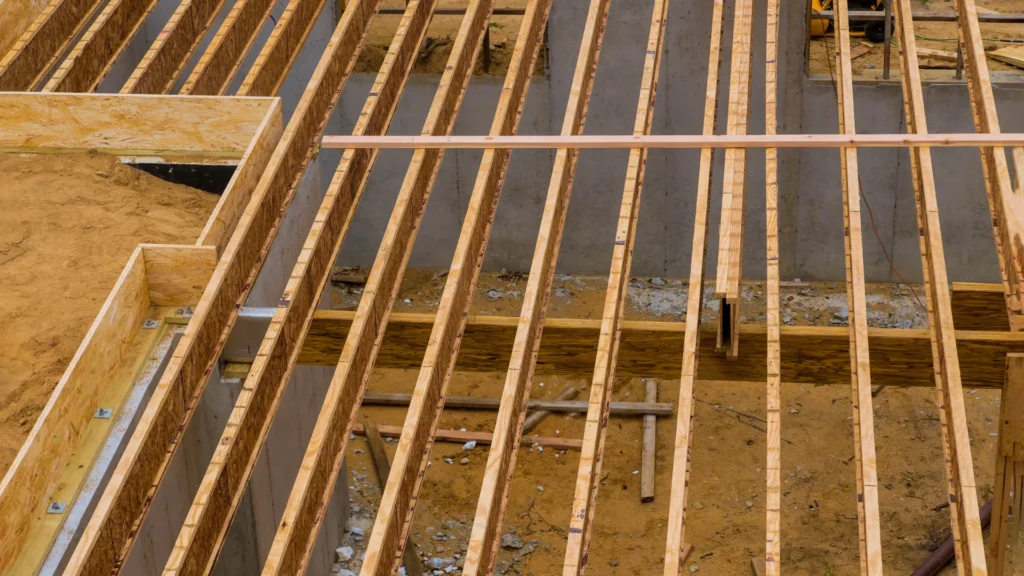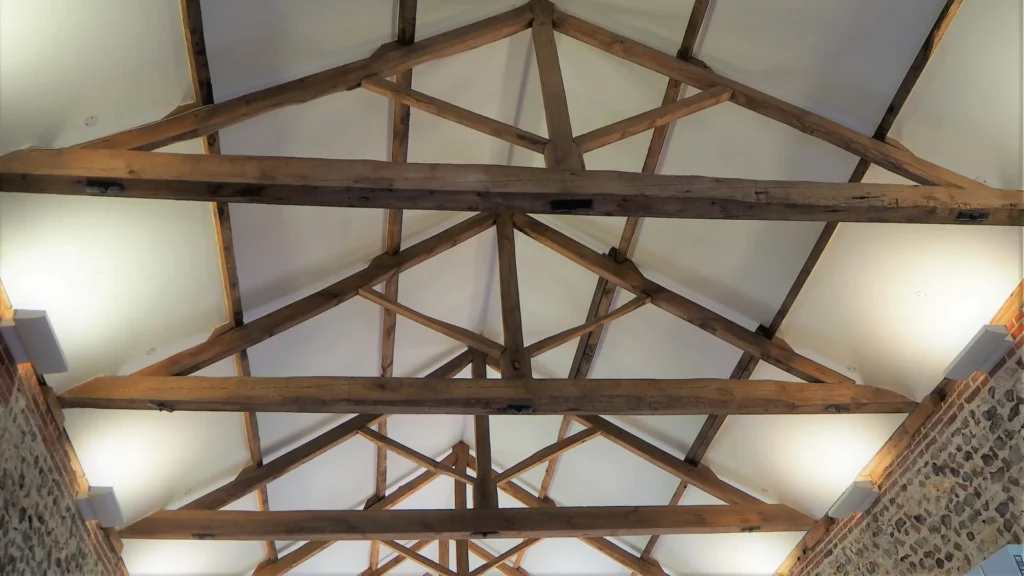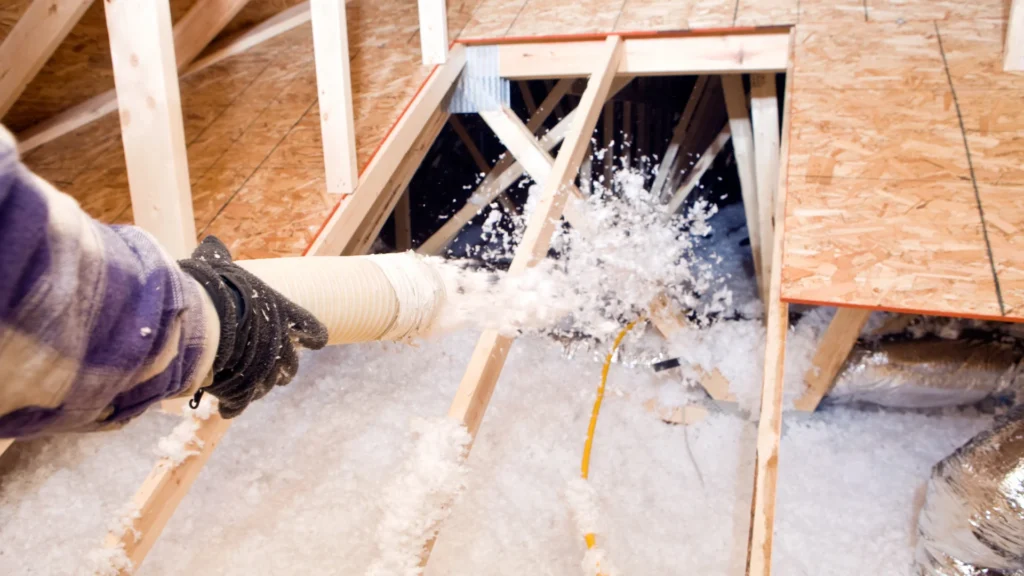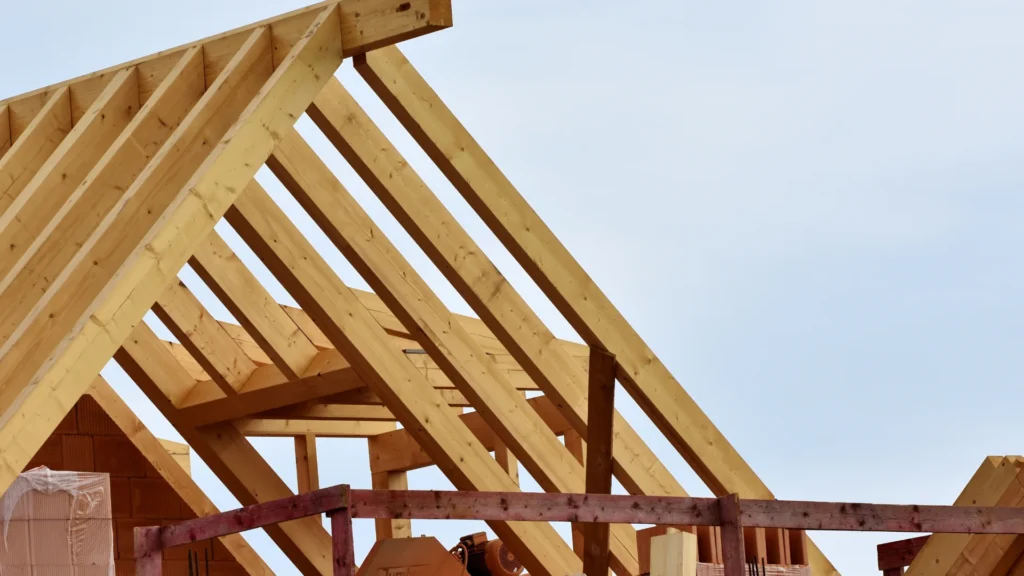Floor trusses and floor joists are two common choices for solid and dependable floor construction in building projects. Both are essential for providing stability and structural support to your flooring system. If you want to make a smart choice that meets your needs, you need to know how these two options differ from one another.
Luckily, we are here to help you make an educated decision for your project, and together, we will explore the features, advantages, installation process, and maintenance considerations of floor joists and floor trusses. Alright, let’s get this done!
What Are the Differences Between Floor Trusses and Floor Joists
Floor trusses are engineered components made of wood or metal that span across the width of a room to support the floor. These trusses consist of a top and bottom chord with diagonal webs in between, creating a triangular structure that distributes the load evenly. On the other hand, floor joists are horizontal beams that run parallel to each other and support the floor above. Typically made of wood, they are more traditional and widely used in construction.
Benefits of Using Floor Trusses
A major benefit of floor trusses over floor joists is the greater distances they can span. Due to their triangular shape, trusses can support greater weight without needing extra bracing, freeing up valuable floor space.
Floor trusses also provide plenty of room for plumbing, HVAC, and electrical wiring due to their open web design. Because of how easy it is to access utilities, builders and renovators can save time and money on the installation and maintenance of utilities.
The design and customization options for floor trusses are also quite versatile. Their adaptability to different architectural styles, including those with vaulted ceilings or sloped roofs, is a result of their engineering with the intention of meeting the needs of individual projects.
For this reason, they are great for use in both commercial and industrial settings, in addition to homes. The dimensional stability of floor trusses further lessens the likelihood of warping and squeaking as time goes on.

Benefits of Using Floor Joists
Floor joists are a great investment because of their low price. In fact, the reduced material and labor requirements are a direct outcome of their simpler design and construction, which in turn leads to lower overall costs.
The ease of installation is another benefit of using floor joists. Skilled carpenters can install joists efficiently and swiftly due to their horizontal placement. Because individual joists can be replaced without affecting the entire flooring system, this simplicity also makes future modifications or repairs easier. In addition to improving comfort and lowering noise transmission between floors, floor joists offer superior sound insulation.

Factors to Consider When Choosing Between Floor Trusses and Floor Joists
Numerous factors should be considered when choosing between floor joists and floor trusses. Most importantly, your project’s scope requirements must be carefully considered. For longer distances that require minimal support, floor trusses are the way to go. Yet, floor joists might work better for shorter spans or projects with a tight budget.
An additional critical consideration is the floor’s load-bearing capacity. Floor trusses are perfect for commercial or industrial projects because of their amazing ability to support heavier loads.
Furthermore, you need to think about your project’s architectural design and layout. Floor trusses improve flexibility in creating unique floor plans or accommodating particular architectural features. On the other hand, floor joists might be the way to go if hassle-free installation and minimal design are top concerns.

Cost Comparison of Floor Trusses and Floor Joists
Cost is a major consideration when deciding between floor joists and floor trusses. The intricate engineering and manufacturing processes that go into floor trusses usually result in higher upfront costs, but the benefits they provide in the long run more than make up for this. Enhanced stability, greater span capabilities, and simplified utility installation can lead to cost savings during construction and maintenance.
On the contrary, floor joists are often chosen for smaller projects or those with limited budgets due to their low initial cost. Floor joists may need replacing or repairs more often than floor trusses, so it’s vital to think about the maintenance costs overall. You can’t make a well-informed choice that fits your budget and project needs without first calculating the total lifecycle cost.
Installation Process of Floor Trusses and Floor Joists
Floor joists and floor trusses are structurally different, which means that their installation processes are different as well. Floor trusses are usually brought to the building site after being prefabricated off-site in accordance with the project’s specifications. The next step is to secure them to the beams or walls that will support them after cranes have lifted them into position. More accuracy, less time spent installing, and less labor needed on-site are all benefits of this prefabrication process.
Floor joists, on the other hand, are typically built on-site. Installing the wooden beams in a parallel fashion requires skilled carpenters to measure and cut them to the necessary lengths. The joists are nailed or hung to the beams or walls that will support them. While this method may take more time than trusses, it offers more flexibility to accommodate changes or adjustments made on the spot.

Common Misconceptions about Floor Trusses and Floor Joists
A common misunderstanding is that floor trusses should only be used for commercial or industrial projects of a certain scale. Despite trusses’ superiority for larger spaces and heavier loads, they are also useful in residential construction for reasons like design flexibility and utility installation ease.
It is also false to assume that floor joists are not as sturdy or long-lasting as floor trusses. Although trusses are very stable because of their triangle shape, floor joists are more than capable of bearing the load of most homes and small businesses.
Maintenance and Durability of Floor Trusses and Floor Joists
When considering maintenance and durability, two options that can be discussed are floor trusses and floor joists. In most cases, floor trusses do not warp or sag because of their engineered design and dimensional stability. You will experience fewer squeaky floors and fewer repairs. In addition to extending the lifespan of trusses, the open-web design of trusses makes it simpler to inspect and maintain utilities.
Floor joists, despite their apparent simplicity, are extremely long-lasting when they are installed and maintained correctly. Regular checks for rot, insect damage, and moisture buildup are necessary to ensure that they last as long as possible. Preventing structural problems and ensuring the stability of the flooring system can be accomplished by promptly repairing or replacing damaged joists.

To sum up, there are a lot of variables to think about when deciding between floor joists and floor trusses, including span needs, load bearing capacity, architectural design, and cost. The advantages of floor trusses include greater load-bearing capacity, greater design flexibility, easier utility installation, and longer spans. Floor joists, on the other hand, are a great option for homes and small businesses due to their low price, ease of installation, and long lifespan.




